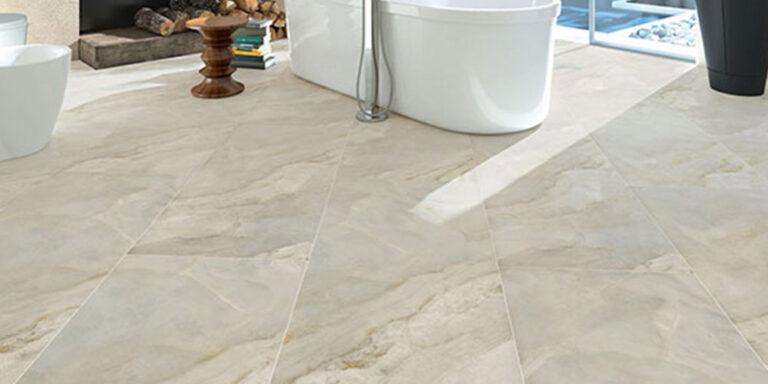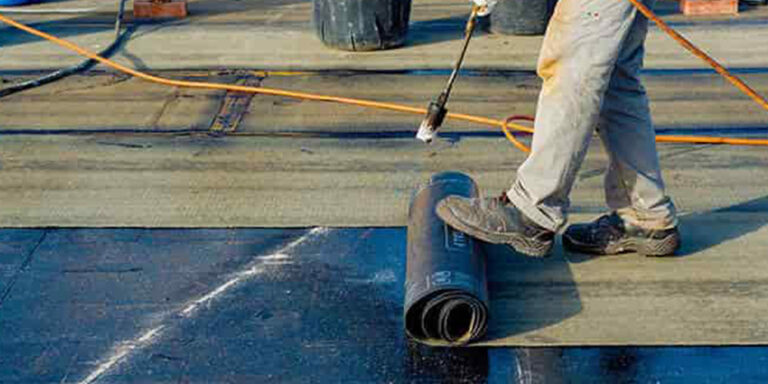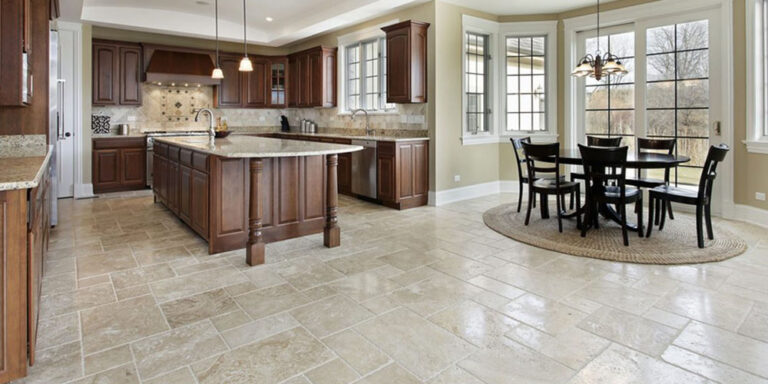What you’ll need:
Bucket
Your chosen adhesive
Personal protective equipment (PPE)
Water
Choosing your adhesive:
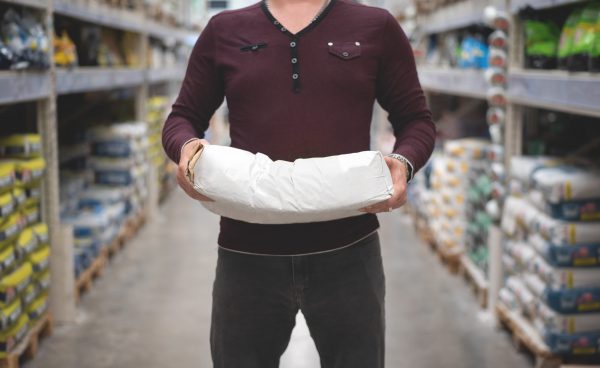
There are many different types of adhesives out there that do and help with all sorts of things, so choosing a bag may not be that easy. At Home Tiles we sell two types of adhesives, our flexible, and our S1 Flexible, the main difference between the two is the S1 is deformable, allowing it to handle movement better like a strong washing machine spinning. Flexible tile adhesive is vital for any kind of underfloor heating, as the continuous heating and cooling will stress non-flexible adhesive and cause it to crack dislodging your tiles.
Before you start:
Before you start mixing it’s vital to make sure your surfaces are ready to be tiled. You might need to apply primer or lay backerboards, we talk about surface preparation in a previous article of ours. If you lay your tiles on a surface that hasn’t been prepared you can encounter a number of problems from unable to get tiles flat when laying, to water leaking and damaging the framework to your property.
Mixing and applying the adhesive
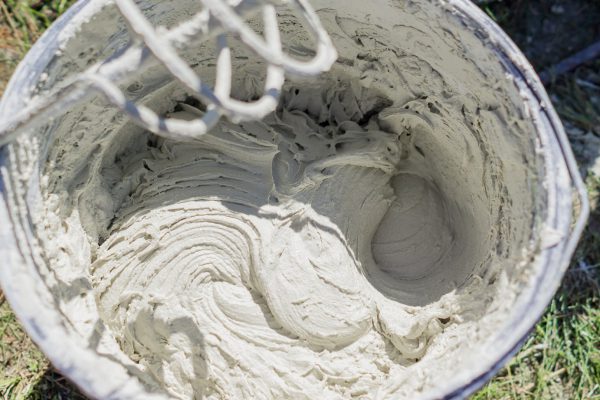
Firstly, you should make sure you’re wearing the appropriate personal protection equipment, such as gloves, eyewear and a mask. Then check the adhesive bag for water to powder ratio and add the required water first and then the powder to avoid wasting adhesive. Stir the adhesive evenly until you have a smooth consistency without powder or lumps, as now it’s ready to apply to your surfaces. Load some adhesive onto your trowel and spread onto your surface, start with small areas as it will dry if you spread a long thin layer. Ensure that you’re using the notched trowel to create small channels in the lain mixture as this technique helps create a stronger grip on the tile.
What you’ll need:
Bucket
Your chosen adhesive
Personal protective equipment (PPE)
Water
Choosing your adhesive:

There are many different types of adhesives out there that do and help with all sorts of things, so choosing a bag may not be that easy. At Home Tiles we sell two types of adhesives, our flexible, and our S1 Flexible, the main difference between the two is the S1 is deformable, allowing it to handle movement better like a strong washing machine spinning. Flexible tile adhesive is vital for any kind of underfloor heating, as the continuous heating and cooling will stress non-flexible adhesive and cause it to crack dislodging your tiles.
Before you start:
Before you start mixing it’s vital to make sure your surfaces are ready to be tiled. You might need to apply primer or lay backerboards, we talk about surface preparation in a previous article of ours. If you lay your tiles on a surface that hasn’t been prepared you can encounter a number of problems from unable to get tiles flat when laying, to water leaking and damaging the framework to your property.
Mixing and applying the adhesive

Firstly, you should make sure you’re wearing the appropriate personal protection equipment, such as gloves, eyewear and a mask. Then check the adhesive bag for water to powder ratio and add the required water first and then the powder to avoid wasting adhesive. Stir the adhesive evenly until you have a smooth consistency without powder or lumps, as now it’s ready to apply to your surfaces. Load some adhesive onto your trowel and spread onto your surface, start with small areas as it will dry if you spread a long thin layer. Ensure that you’re using the notched trowel to create small channels in the lain mixture as this technique helps create a stronger grip on the tile.


